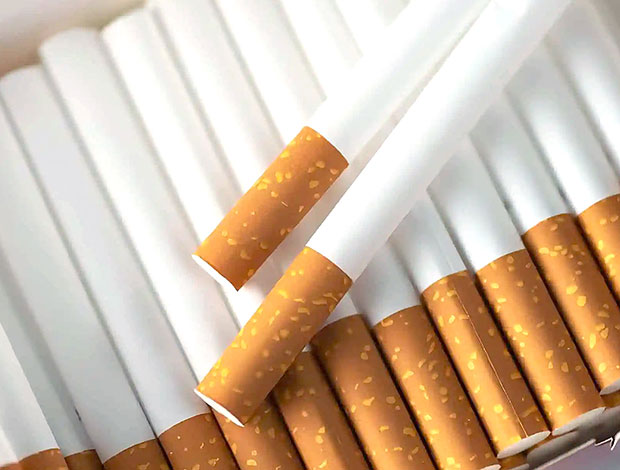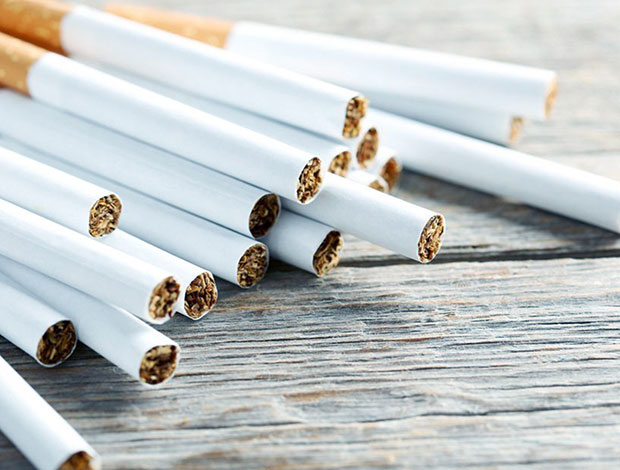▷ Materials: wood pulp, flax pulp, bamboo pulp, or specialty fibers ▷ Features: verge, repse, twill, anti-counterfeiting or colored
▷ Grammage: 20gsm - 45gsm ▷ Certifications: FSC; SGS; ISO 9001
▷ Brown Cigarette Rolling Paper won the National Silver Medal, Third Prize at the National Industrial New Product Exhibition, and Famous Trademark in Zhejiang Province, China.
▷ Specialized wrapping solutions for smoking products
▷ Non-mass-produced smoking choices
▷ Handmade tobacco projects


When you picture a cigarette, you likely imagine a sleek white cylinder. But what if we told you there’s a growing trend toward something darker, earthier, and arguably more authentic? Brown cigarette papers—the unbleached, minimally processed alternative shaking up the smoking world. This article can help you get familiar with it.
A brown cigarette mirrors the size and shape of a traditional cigarette but swaps the classic white wrapper for rustic brown paper. Unlike standard rolling papers, these wrappers often contain trace amounts of tobacco leaf blended into the paper, creating a subtle, earthy flavor profile. Packaged in familiar cigarette-like boxes and equipped with filters, they bridge the gap between hand-rolled authenticity and factory-made convenience.
Key Traits
Natural hue: Unbleached, retaining the color of raw plant fibers (e.g., hemp, flax, or rice).
Tobacco-infused paper: Some brands integrate tobacco particles for enhanced flavor.
Filtered design: Mimics mass-produced cigarettes for smoother draws.
The color of rolling paper isn’t just aesthetic—it’s a battleground for health and sustainability.
White(Bleached) Rolling Papers
Process: Treated with chlorine or hydrogen peroxide to achieve a bright white appearance.
Concerns: Potential residual chemicals (e.g., dioxins) and environmental impact from bleaching agents.
Market Dominance: ~80% of commercial cigarettes use bleached paper.
Unbleached (Brown) Rolling Papers
Process: Skips bleaching, preserving the natural brown tone of raw fibers.
Advantages:
● Chemical-free: No chlorine byproducts.
● Eco-friendly: Lower water/energy use during production.
● Slow burn: Thicker fibers often result in steadier combustion.
